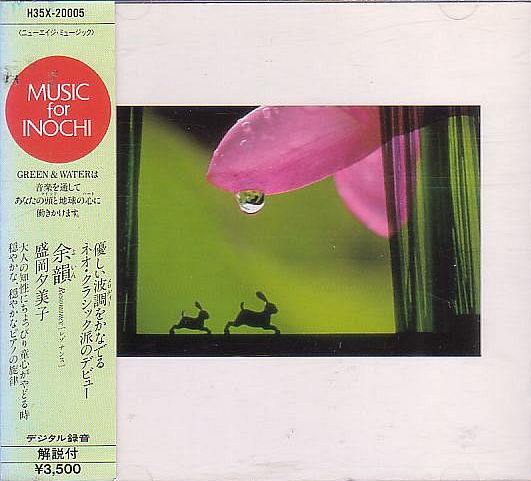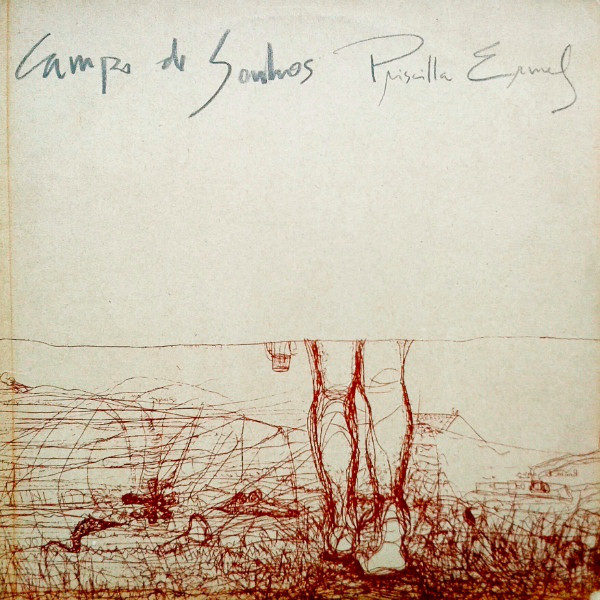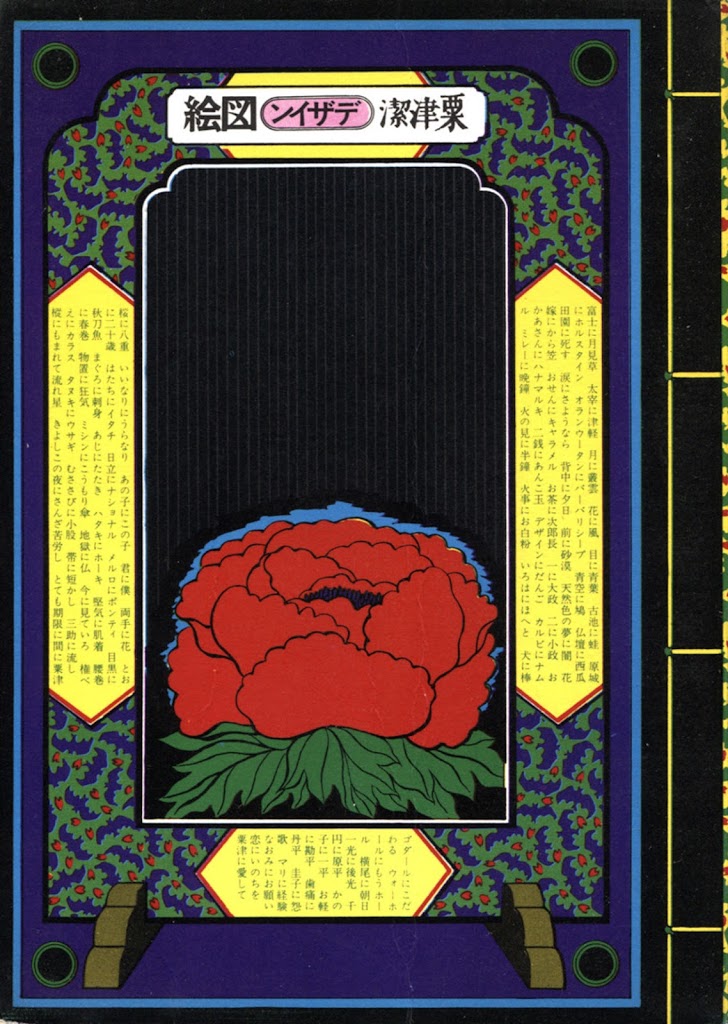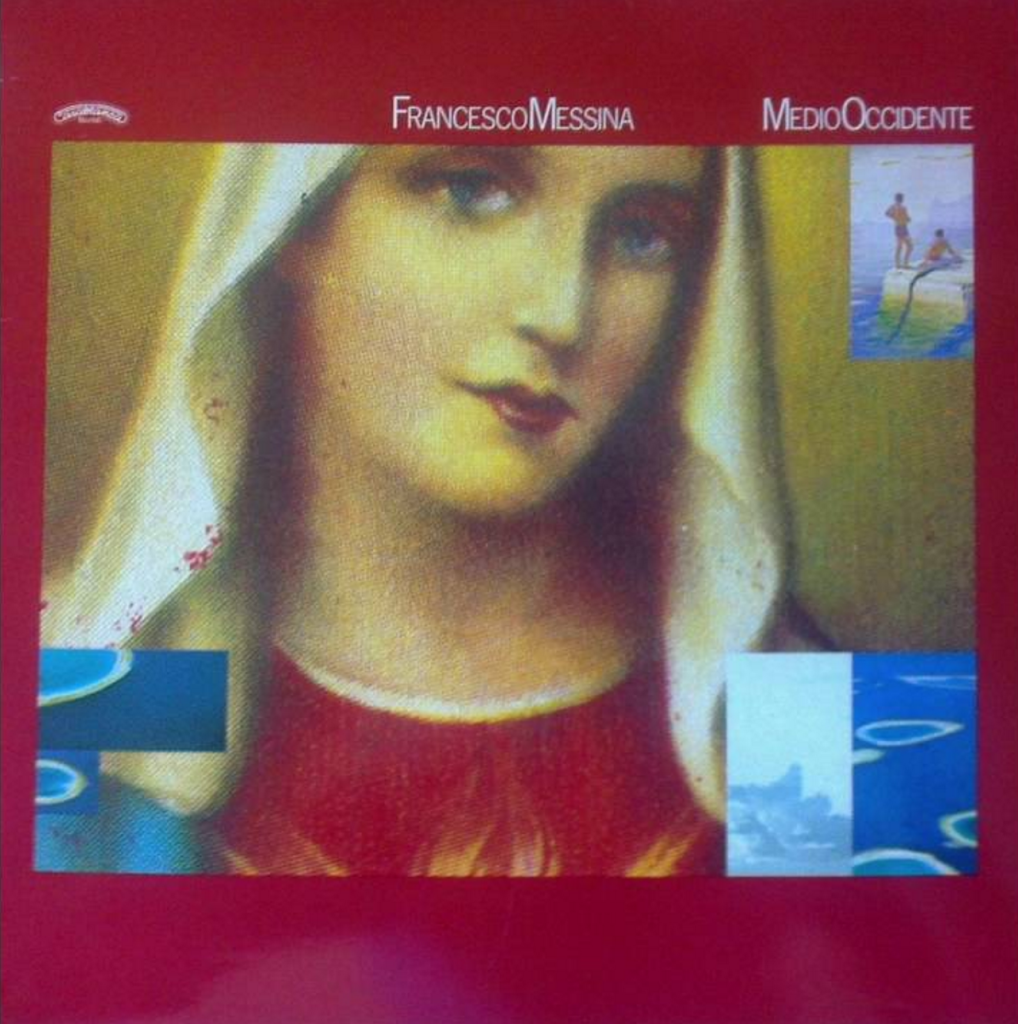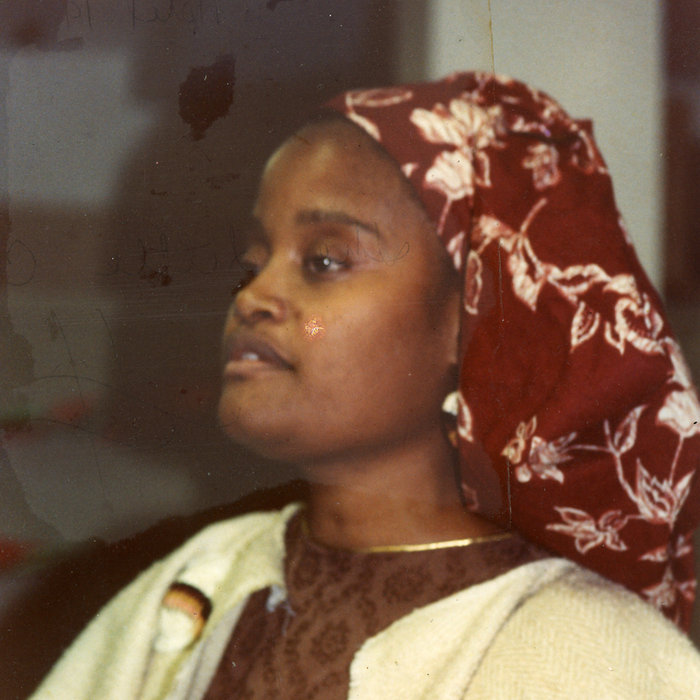
I was deeply saddened to hear of the passing of legendary jazz trumpeter (and occasional zither player) Kelan Phil Cohran at the age of 90 on Wednesday. While his accomplishments are too significant to fully do them justice, he played trumpet with Sun Ra and His Arkestra, co-founded the Association for the Advancement of Creative Musicians (AACM), was a respected educator (one of his students was a young Maurice White), opened the Afro-Arts Theater in Chicago, and invented the Frankiphone (aka space harp), an electric mbira. He also recorded extensively with The Hypnotic Brass Ensemble, a group composed of eight of his sons. Cohran was still regularly performing live until quite recently.
Though African Skies was recorded a later stage in his career (by which point he had already been given the honorific Kelan, meaning holy scripture, by Muslim scholars during a trip to China), it’s considered by many to be a cosmic jazz masterpiece and one of his finest works. His first record since his 1969 Malcolm X memorial, this was recorded live at the Adler Planetarium in Chicago as a glowing tribute to Sun Ra, Cohran’s mentor and friend who had recently passed away. African Skies is mostly acoustic and fairly minimal, but for all its sparsity, it’s hypnotic, deftly expressive, and all the more powerful for doing less. Trumpet, harp, frankiphone, congas, violin uke, guitar, flute, bowed string bass, clarinet, trombone, and vocal riffings by Aquilla Sadalla that, whenever I’ve put this on in social settings, have invariably prompted at least one person to ask what we’re listening to. If the back cover is any indication, this performance looked just as incredible as it sounded.
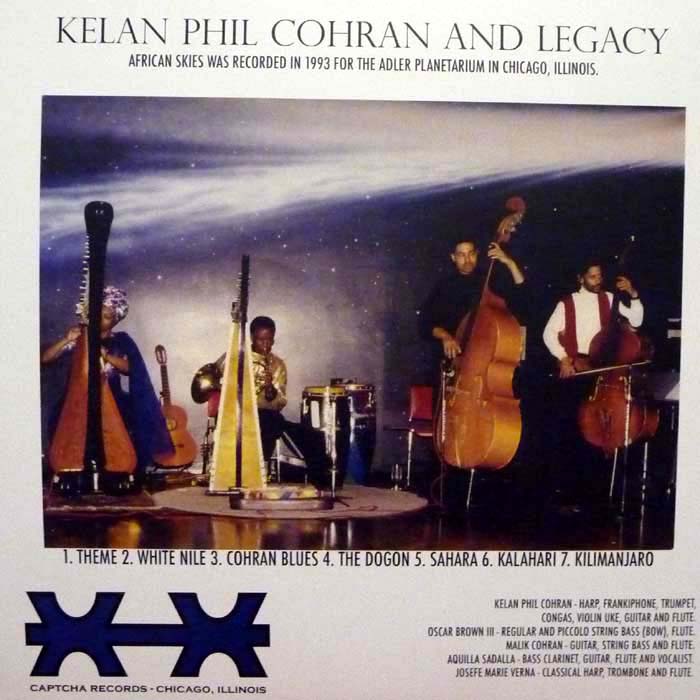
Though I’ve always considered myself a jazz idiot, this record has been an ideal gateway drug into the worlds of cosmic and spiritual jazz, and I can’t think of a better tribute to Cohran’s legacy than giving this some airtime this weekend. Out of respect for his family I’ll be taking down the download link in the next few days, so if you want it, get it now. Thank you for everything, Kelan Phil Cohran!
buy / (download removed)
